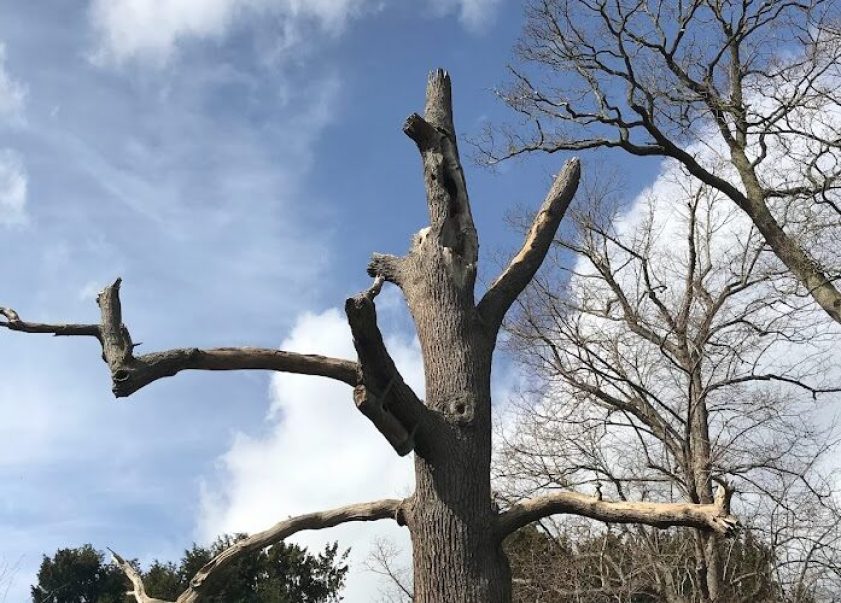Spear Coppicing: A Slow, Beautiful Decay for your Trees
Have you got your landscaping eye on a tree in the garden but you’ve been hesitating on where to go with it? Well may I introduce the practice of Spear Coppicing to you? If you’re handy with a saw & ladder, it’s a way to turn a tree into a prominent wildlife feature, and cut…

